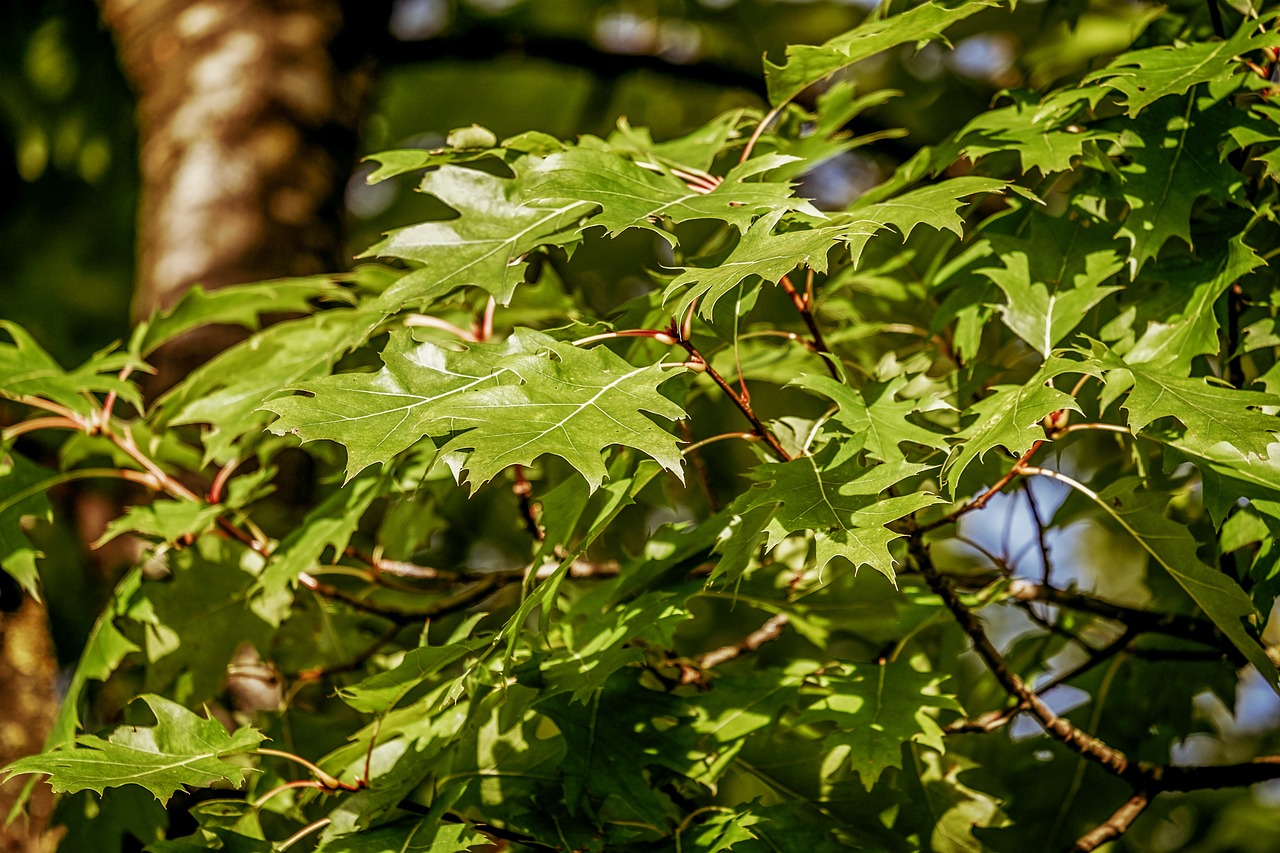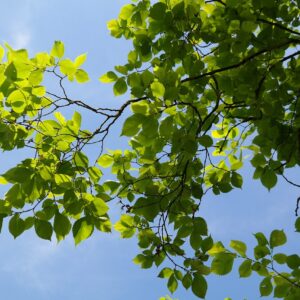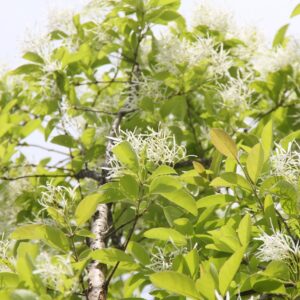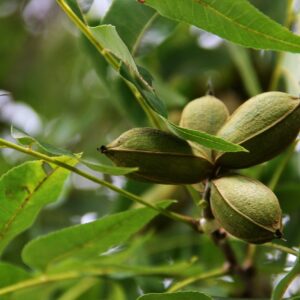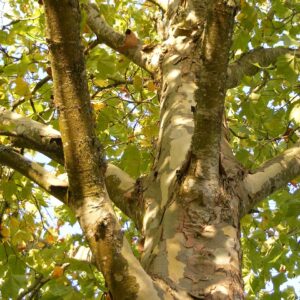Black oak (Quercus velutina) is a prominent oak tree native to eastern and central North America. Black oak is a robust and adaptable tree species known for its distinctive bark, deeply lobed leaves, and valuable wood. It plays a vital ecological role and holds cultural significance in the regions where it grows.
Appearance: Black oak is a medium to large deciduous tree that typically grows to a height of 50-80 feet (15-24 meters) and can occasionally reach up to 100 feet (30 meters) tall. It has a rounded crown with sturdy branches. The bark is dark brown to nearly black with deep furrows and blocky ridges as it matures.
Leaves: The leaves of black oak are distinctive and variable in shape, usually ranging from oblong to ovate. They are deeply lobed with 5-7 bristle-tipped lobes per leaf and have a shiny dark green upper surface and a paler underside. In autumn, the leaves turn shades of deep red, orange, or yellow before falling.
Acorns: Black oak produces acorns that are oval-shaped and about 0.75-1 inch (2-2.5 cm) long. The acorns are typically solitary or in pairs and have a shallow, scaly cap that covers about one-third of the nut. These acorns mature in one growing season and are an important food source for wildlife, including squirrels, deer, and birds.
Habitat: Black oak is adaptable to a variety of soils but thrives in well-drained upland habitats such as dry slopes, ridges, and rocky hillsides. It is often found in mixed hardwood forests alongside other oak species and hickories.
Wood: The wood of black oak is heavy, strong, and durable. It is used in furniture making, flooring, veneer, and fuelwood. The dark color and pronounced grain pattern of black oak wood make it desirable for decorative applications.
Ecological Importance: Black oak provides habitat and food for numerous wildlife species. Its acorns are an important food source during the fall and winter months, contributing to the ecosystem’s biodiversity.

